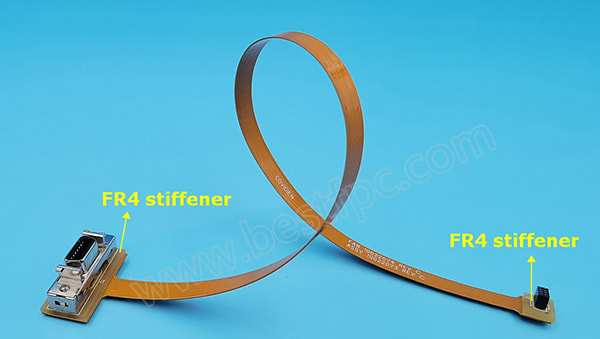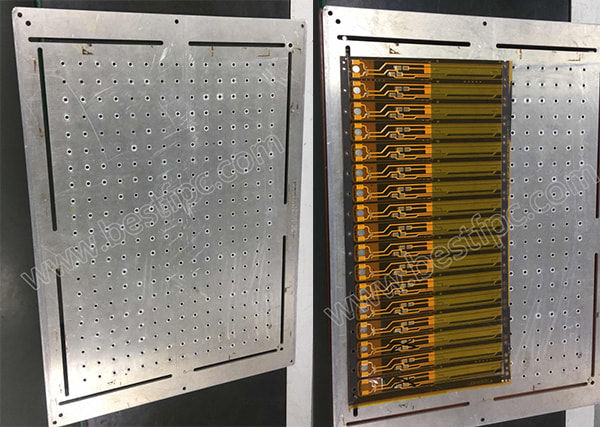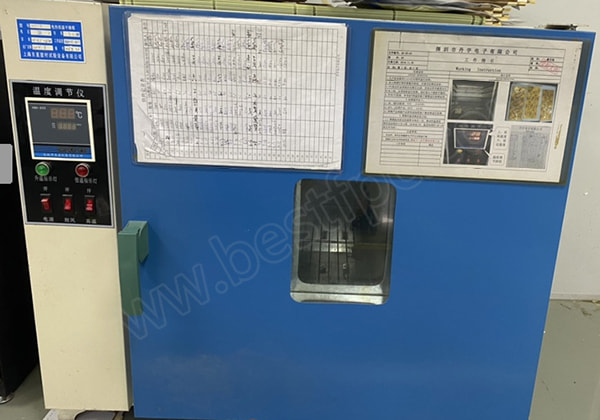Assemble components on a flexible printed circuit board (FPC) requires that when the smart wearable industry becomes more and more popular, due to the assembly space, the surface mount of SMD on FPC has become one of the development trends of SMT technology.
But flex PCB is more difficult to assemble than rigid boards, because it is not as sturdy to assemble. Today let’s learn something about the difference between assembling flex and rigid boards.
1.Soldering process
Like the rigid PCB process, the solder paste is covered on the flexible board and the rigid-flex board through the operation of the stencil and solder paste printer. But the surface of FPC is not flat, so we need to be fixed with some fixtures or stiffeners. Normally we will stick stiffener for component area of flex PCB, you can refer to below sample picture. Stiffeners contains PI stiffener, FR4 stiffener and Sheet steel stiffener.

- SMT component placement
Under the current trend of miniaturization of SMT components, small components will cause some problems during the reflow soldering process. If the flexible circuit is small, extension and wrinkles will not be a significant problem, resulting in smaller SMT frame or extra mark points. If you do not want to stick stiffener on the bottom side of components, maybe you need flexibility after assembly. So SMT fixture would be a good choice, you can refer to below pictures for fixtures(fixture vs fixture with flex PCB).

- Reflow soldering process
Before reflow soldering, the flexible circuit must be dried. This is an important difference between the flexible circuit and the rigid PCB component placement process. In addition to the dimensional instability of flexible materials, they are also relatively hygroscopic. They absorb water like a sponge. Once the flexible circuit board has absorbed moisture, it has to stop reflow soldering. Rigid PCB also has the same problem, but it has a higher tolerance. The flexible circuit needs to be preheated and baked at ~225° to 250°F (like below pictures). This preheating and baking must be completed quickly within 1 hour. If it is not baked in time, it needs to be stored in a dry or nitrogen storage room.

If you would like to know details about the assembly of flex PCB, please feel free to contact Best Technology at sales@www.bestfpcs.com










 2023-03-08
2023-03-08
 BEST
BEST

.png)
.png)
.png)
.png)

.png)

